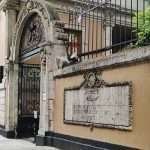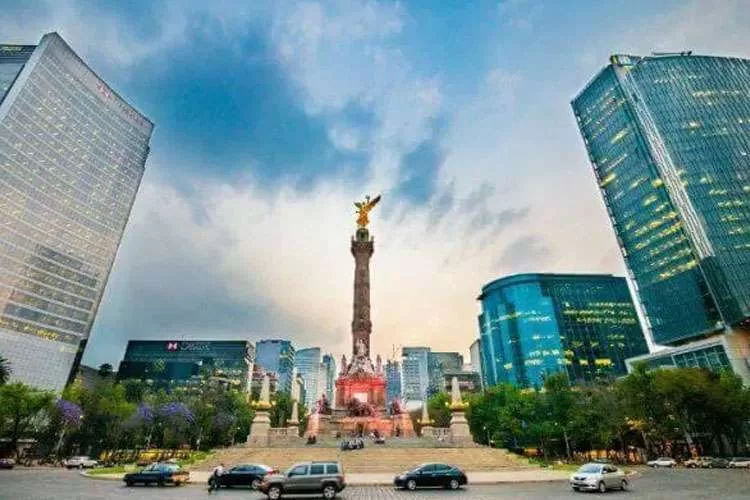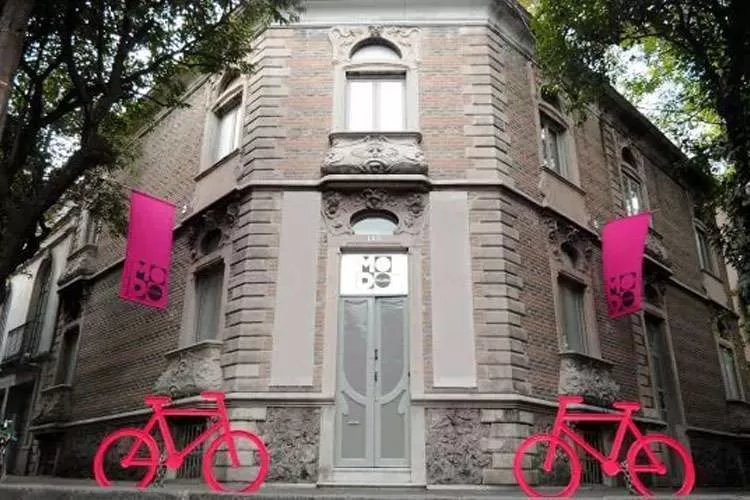
The Oldest House in Colonia Roma: A Journey Through Time at Casa Lamm
31 July, 2025
Visit the La Ciudadela Craft Market in Mexico City.
28 August, 2025The urban planning and architecture of Colonia Roma reflect a magnificent history and surprising buildings still standing. Roma is one of the most emblematic neighborhoods in Mexico City; it comprises two large neighborhoods, Roma Norte, which covers the layout of the initial subdivision, and Roma Sur, created later. The boundaries of this neighborhood are several: Avenida Chapultepec and Colonia Juárez; Avenida Cuauhtémoc and Colonia Doctores; as well as the Viaducto Miguel Alemán and the Narvarte and Del Valle neighborhoods; as well as Avenida de los Insurgentes Sur and Avenida Veracruz, the Escandón, Hipódromo and Condesa neighborhoods; with the latter it shares characteristics and similarities, and both form the cultural corridor called Roma-Condesa.
The buildings that are built in Colonia Roma correspond to the eclecticism that took elements of the architecture of each era for the realization of a construction. There are also examples of Belle Époque and Art Nouveau architecture and, to a lesser extent, Art Deco and Neocolonial architecture.
Here is a gallery with some of the most representative ones and their location:

Fachada de El Parián: Álvaro Obregón 130, entre Jalapa y Orizaba.

Fuente de la Cibeles: Plaza de Cibeles entre Oaxaca, Durango, Colima y El Oro.

Iglesia de la Sagrada Familia: Entre Orizaba y Puebla

Casa Lamm: Entre Álvaro Obregón y Orizaba.

Edificio Balmori; Entre Álvaro Obregón y Orizaba.

Edificio Río de Janeiro: Plaza Río de Janeiro. Más conocido como La casa de las brujas.

Casa del Libro de la UNAM: Entre Puebla y Orizaba.

Iglesia de Nuestra Señora del Rosario: Avenida Cuauhtémoc 185.

Instituto Renacimiento: Entre Orizaba, Guanajuato y Chihuahua.






